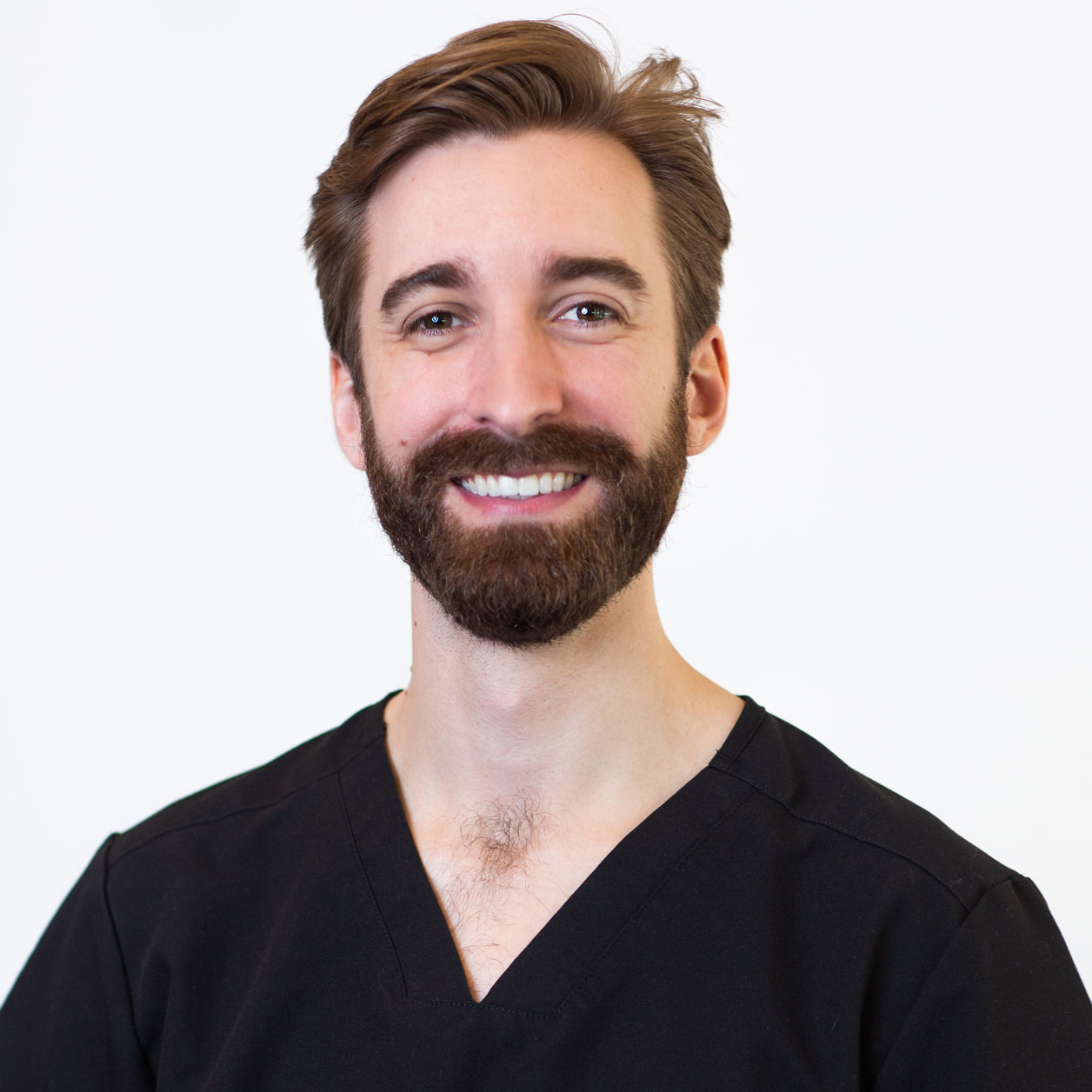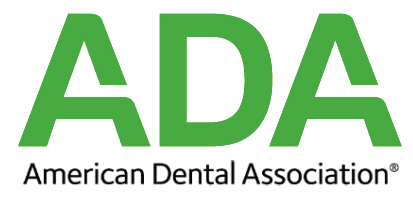Wells Family Dental Group
Oral Surgery
in Raleigh, NC

Tooth Extraction
Even with proper dental care, teeth age and can decay or break. Many damaged teeth can be repaired with fillings or crowns, but when the damage or decay is excessive, the tooth should be removed. Getting a tooth extracted may not seem complicated, but in most cases it requires a visit to an oral surgeon. It’s better to take care of it sooner rather than later if your dentist has said that you need a tooth extracted. We’ll provide you with a customized treatment plan so you know exactly what you’ll be getting.
Common reasons For Needing
A Tooth Removed:
- Impacted wisdom teeth
- Severe decay
- Serious broken or fractured teeth
- Infection
- Gum disease
- Crowded mouth
- Tooth pain

Simple Tooth Extractions
Simple tooth extractions can be done without making any incisions or special techniques. This method is typically referred to as simple extraction, and it may be performed by a general dentist or an oral surgeon. When patients are in need of a more complicated tooth extraction process, they are most likely to be referred to an oral & maxillofacial surgeon, like Dr. Crisp.
Surgical Tooth Extractions
Surgical tooth extraction may occur under some form of sedation or anesthesia at our office. The time required to perform the procedure will depend on many factors:
- Position of the tooth
- Length and curvature of the root(s)
- Thickness of bone surrounding the tooth
- The patient’s physical health
When gum tissue covers the tooth, an incision is required to expose the tooth for removal. Similarly, if bone covers part of the tooth, the surgeon will remove bone to fully expose and extract the tooth. If an incision is needed, sutures may be placed to aid with healing.
With the exception of wisdom teeth, dental implants are recommended for the replacement of extracted teeth to prevent bone loss and improve functionality. Surgical tooth extraction is simply the first step on the road to improved oral health.

Meet Dr. Steddum
Residency: Veterans Affairs Medical Center in Fayetteville, NC
Medical School: East Carolina University School Of Dental Medicine ( 2016 )
Schedule your consultation with Dr. Steddum.
To learn more about your options when it comes to tooth extractions, call our office today, and find our how the quality of your care and the expertise of your surgeon make all the difference!
What Our Patients Are Saying
"Incredible staff and doctor! Got my wisdom teeth removed and the procedure could not have gone any better. The doctor had great bedside manners and even joked around to help ease my nerves. The entirety of the staff has been great every step of the way."
Kaylyn R.
"I was sent here for teeth extractions. Although the dentist suggested complete sedation so that I'd feel more comfortable I opted for local. I should've gone with his suggestion. It was tough but he and his assistant were extremely gentle with me and made what could've been a very painful procedure quite comfortable. The entire staff is super nice and friendly. Kudos to this place. It's not easy going to the dentist but they do their job really well."
Arleen B.
"Absolutely friendly staff. Informative without shaming. In my situation, I feel nervous and have anxiety about alot of things. I am never 100% comfortable in any medical situation, but they make me feel 95% which means a lot."
Matthew S.
Socket Graft
The removal of teeth is sometimes necessary because of pain, infection, bone loss, or due to a fracture in the tooth. The bone that holds the tooth in place (the socket) is often damaged by disease and/or infection, resulting in a deformity of the jaw after the tooth is extracted. In addition, when teeth are extracted the surrounding bone and gums can shrink and recede very quickly, resulting in unsightly defects and a collapse of the lips and cheeks.
Jaw deformities from tooth removal can be prevented and repaired by a procedure called a socket graft.
A socket graft adds material to the jawbone to improve the shape and contour of the socket after a tooth extraction. Simply, it is a type of bone graft that is used to create a suitable area for implants that replace the former tooth.
Sinus Graft
Dental implants need bone to hold them in place. When the sinus wall is very thin, it is impossible to place dental implants in this bone.
There are two types of sinus augmentation surgeries.
- Sinus lift: The direct procedure of adding material to the upper jaw in the area of the sinus to create space for implants in the upper jaw.
- Sinus bump: The indirect procedure of pushing the sinus upward and adding grafting bone to increase to better allow for dental implants to be placed.
Rebuilding Graft

Our In-House Membership Plan
No Insurance? We’ve got you covered.
100% Inclusive Membership Plan!
Includes:
Cleanings • Exams • X-Rays • 15% Off on other needed treatment
Plans to Fit Any Budget
Plans Starting at
ONLY $30/Month


